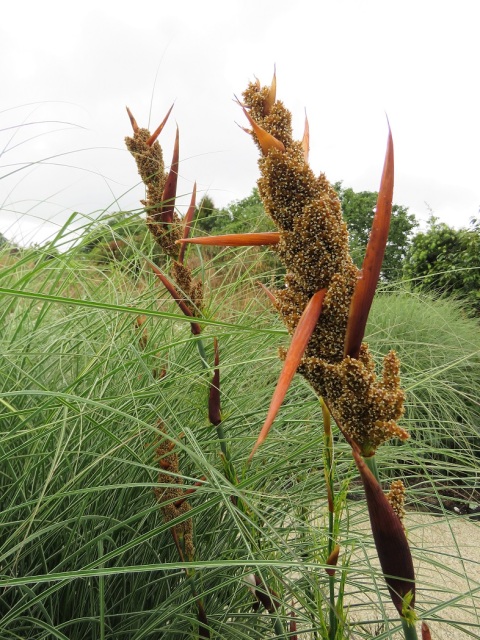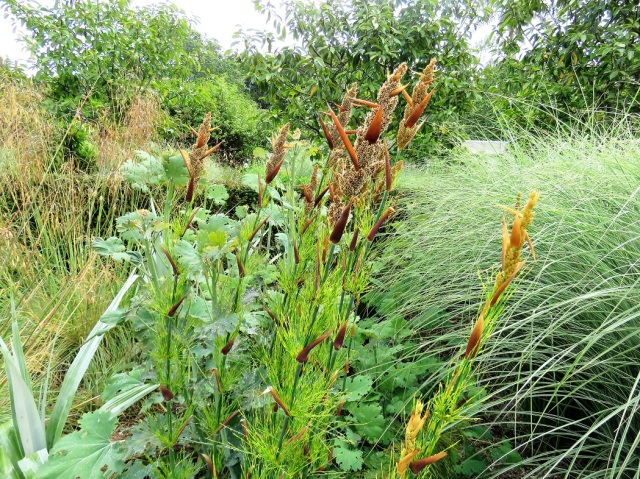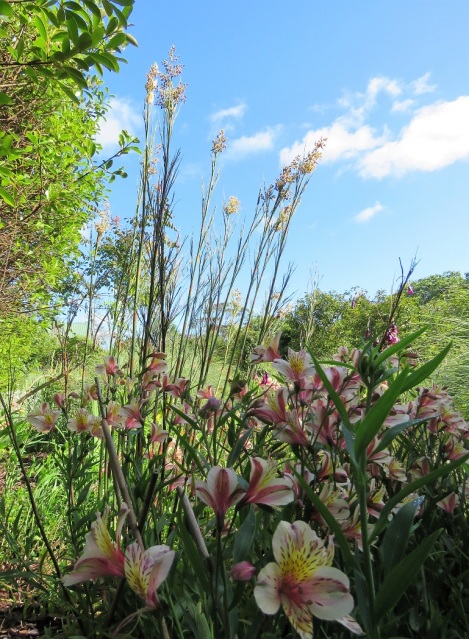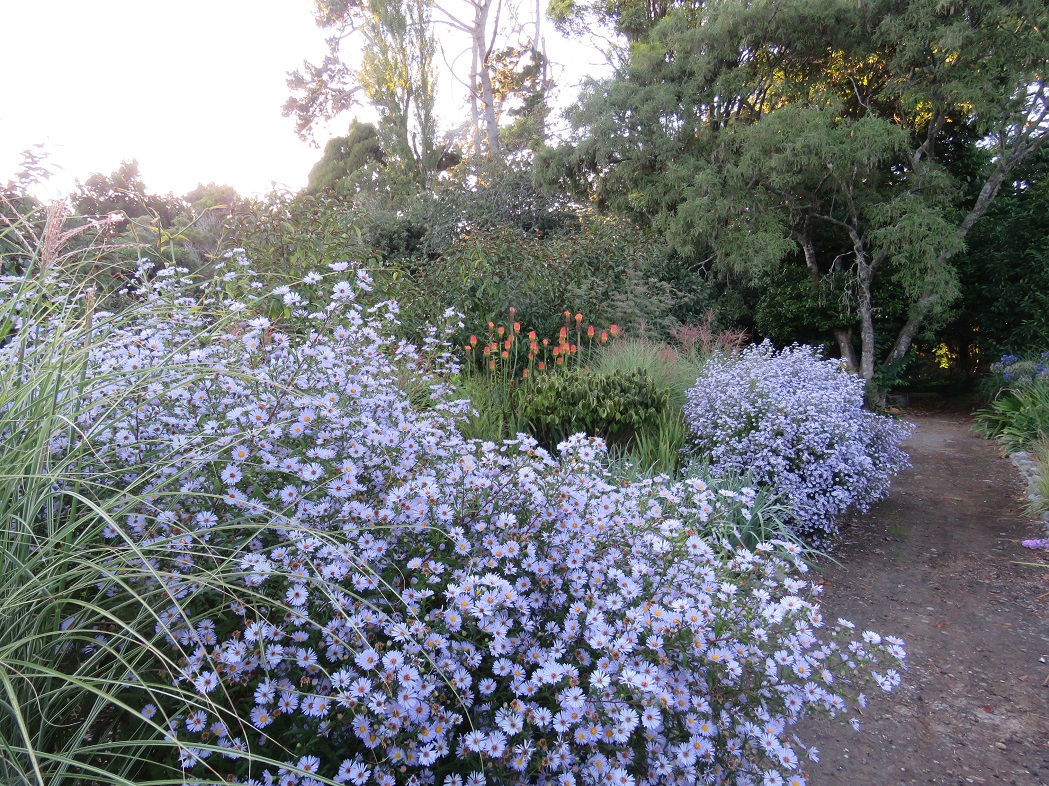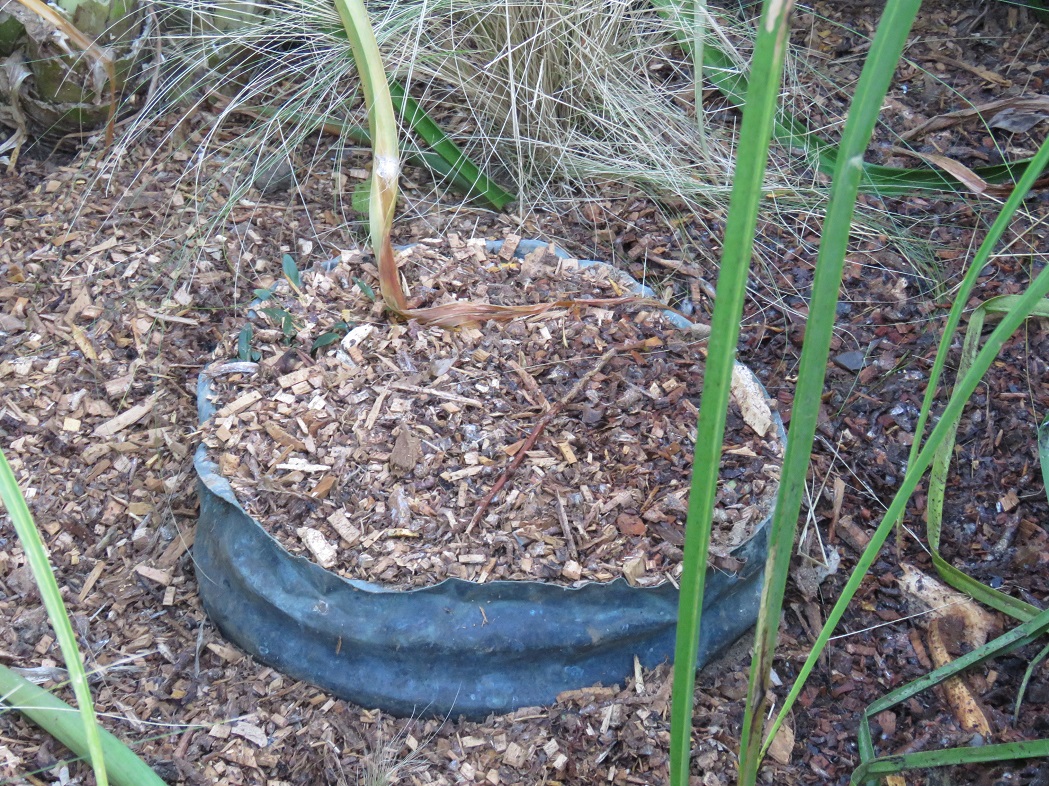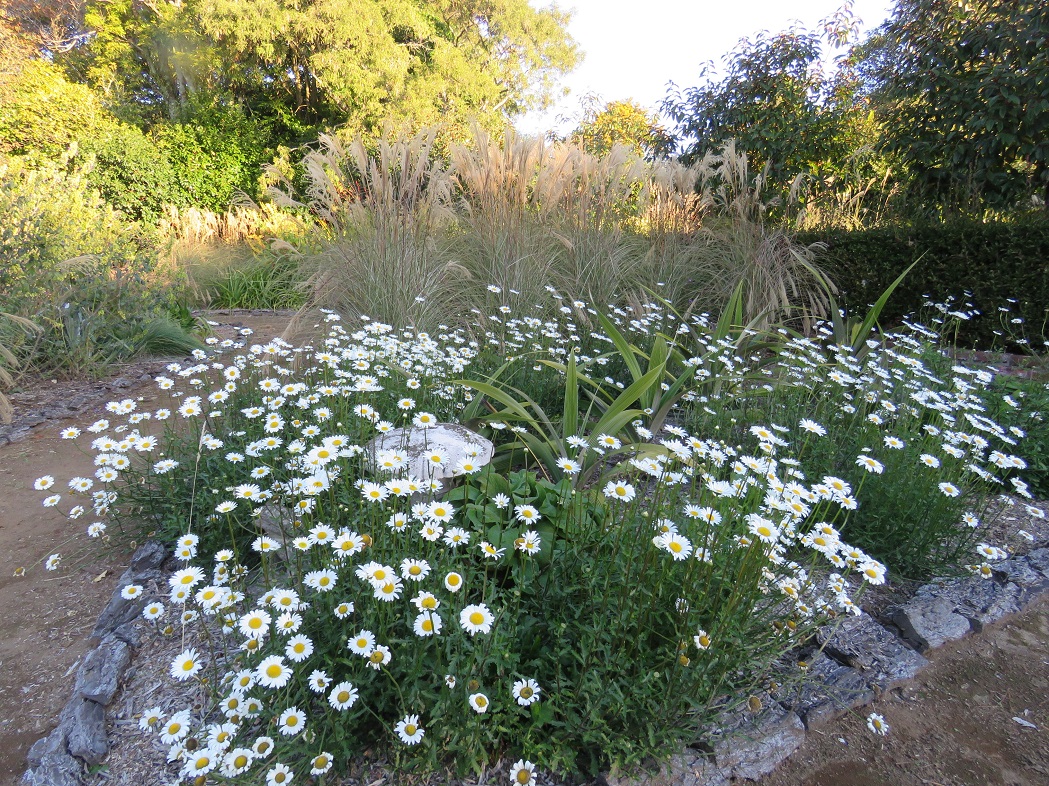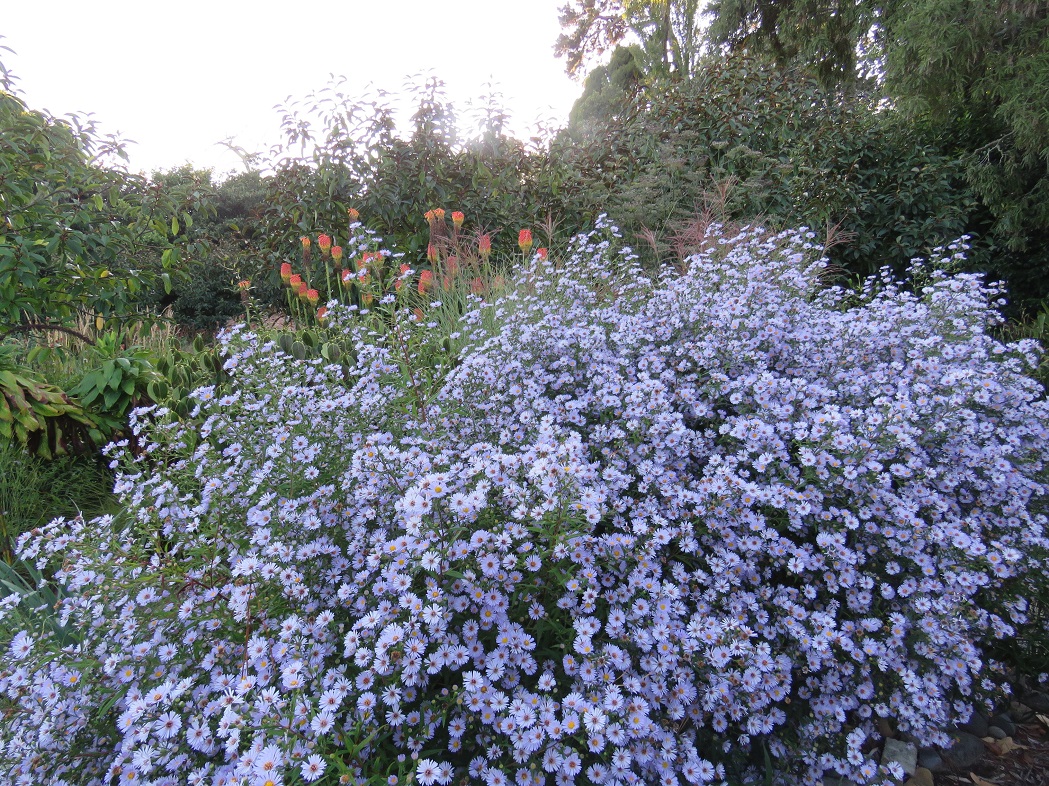
I have spent the better part of the last week digging out an invasive aster. Pretty it may be in flower but I am now aiming at total eradication from the twin borders and I am looking at in askance in the Court Garden.
I don’t know what the species is but I am pretty sure it is a species, not a named hybrid. I see it was back in 2020 when I first decided it could be a problem. I lifted masses of it but left a few bits behind to see if it could stay with closer management. I would have started with just one small pot of it but from modest beginnings and despite some intervention along the way, I could now measure it by square metres. It has to go.
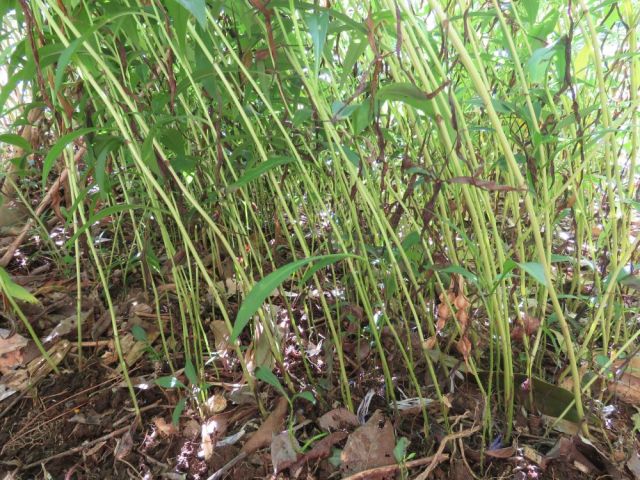
The problem with this aster is not just that it needs staking in our climate because it reaches maybe 1.3 metres high in flower and flops over under its own weight, smothering everything around it. I could have coped with some seasonal staking and restricting its spread from seed by deadheading it, but it is what is happening just below the surface that is frankly alarming. It runs in every direction with huge enthusiasm. I am lifting it out of areas where I never planted, several metres away from the original clumps.
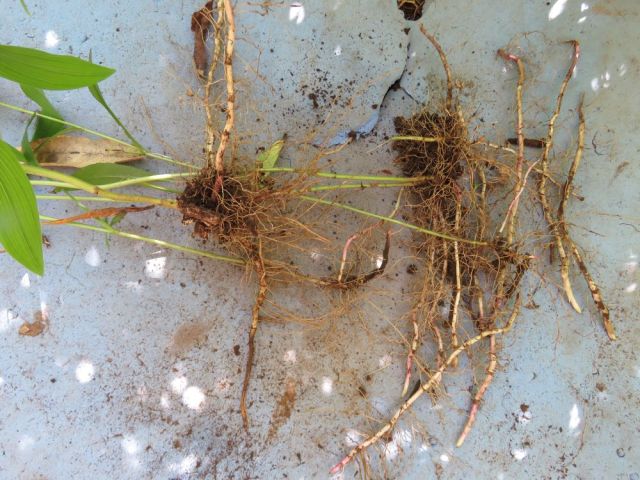
Because it is shallow rooted, I can lift the mats of roots okay and often just grab each runner in turn and carefully pull it out for most of its length – which can be 30cm of runner at a time. The problem is where it has invaded the root systems of its neighbours and the runners break off. It is going to take me years to achieve total eradication from the borders.
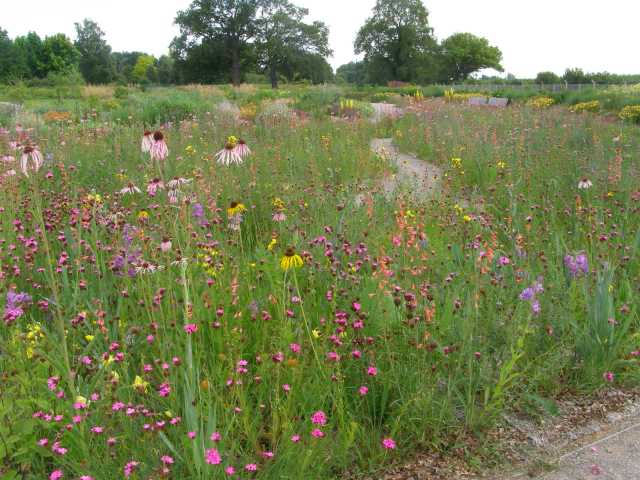

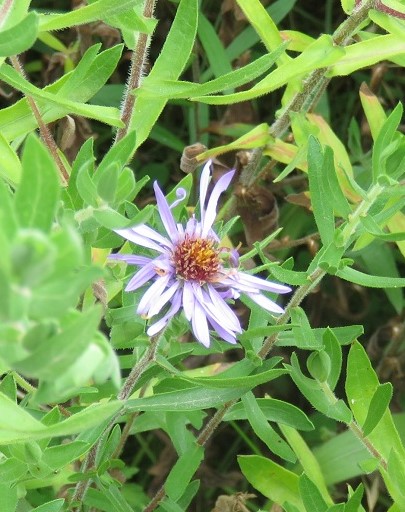
At the back of my mind is what happened to the Missouri Meadow at the RHS flagship garden Wisley, in the UK. When we first saw the meadow in 2009, it was in its second year and remains in our memory as one of the most enchanting plantings we have ever seen. By, 2017 it was a real mess because – wait for it – an invasive blue aster had taken hold and run wild. I would guess the whole garden has long gone now and been replaced by something else because getting rid of just the aster would have been impossible. I don’t know if it was the same aster but I could see that, left unchecked, my twin borders would have gone the way of the Missouri Meadow in just a few more years.
We have maybe half a dozen other named cultivars of asters in shades of blue and pink and they are fine. They are all hybrids, not species, and while they will form a fairly dense surface mat of roots, they are not invasive in the same way. And they do tend to have stronger stems so hold themselves upright, even the ones that are waist height.
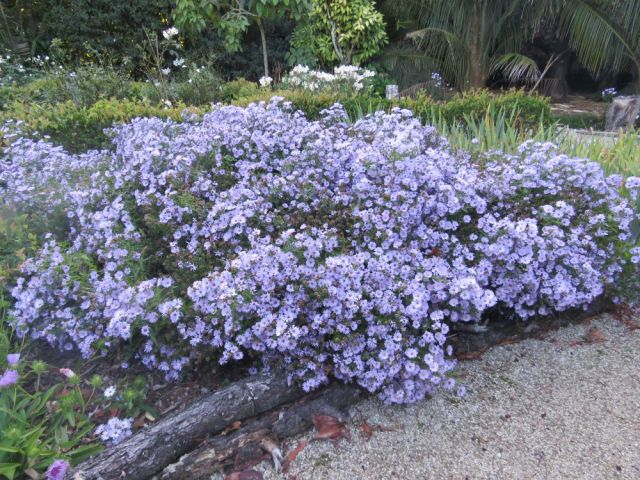
Also going from the borders are all the Miscanthus ‘Morning Light’. This is not because they are invasive, although they do seed a little more than Mark thinks they do. I know this because it is I who weeds out the seedlings. Beautiful they may be, especially in flower in late autumn as the sun drops in the sky and illuminates the plumes in the lowering light levels. But they are relatively demanding and, if not managed tightly, they grow too dense and fall apart in heavy rain and wind. Basically, they need to be lifted and divided every three years and root-pruned in the intervening years and that is a big job in densely planted borders.
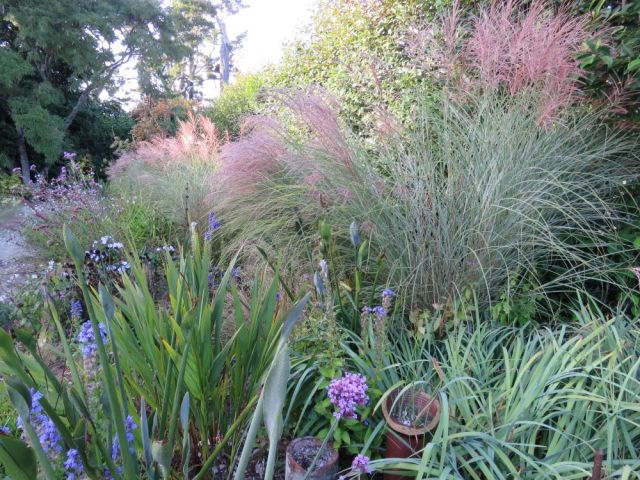
I have used the same miscanthus extensively in the Court Garden and they can stay there, even though the lot need to be lifted and divided this winter. That can be done when the flowering is past its peak. But it is another lesson we learned from several visits to Wisley that led to my decision to get them out of the borders next to the Court Garden. It seemed to us that Wisley had used Stipa gigantea in almost every garden there and, while a most obliging plant with the prettiest flowers of any grass I know (golden oats, is its common name), when it is used in many garden beds, it just ends up making them all look the same. Too much of a good thing. I have generally avoided repeating plants in the different summer gardens so that each one has a different look. Miscanthus ‘Morning Light’ was one of the very few plants I repeated and, with hindsight, that was not a good decision in our growing conditions as far as the twin borders go.
So I have spaces to fill but plenty of other material to use that will be better. The thing about gardening is that it is a constant learning process but that is also what keeps it interesting. A stitch in time may indeed save nine when it comes to sewing; in the garden, removing certain plants in time may avert a takeover that will choke everything else out.



